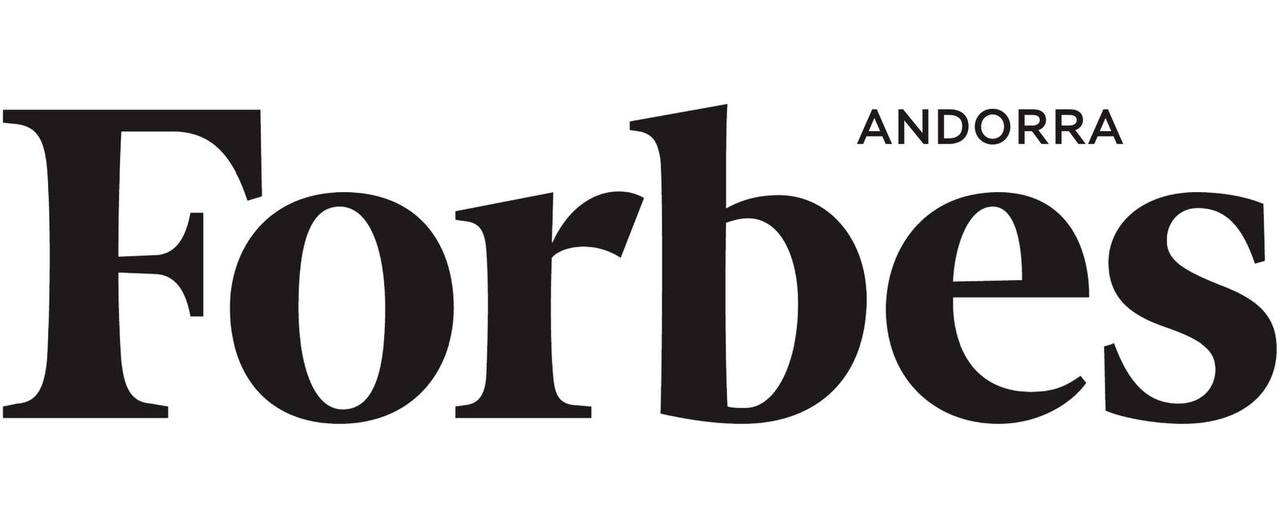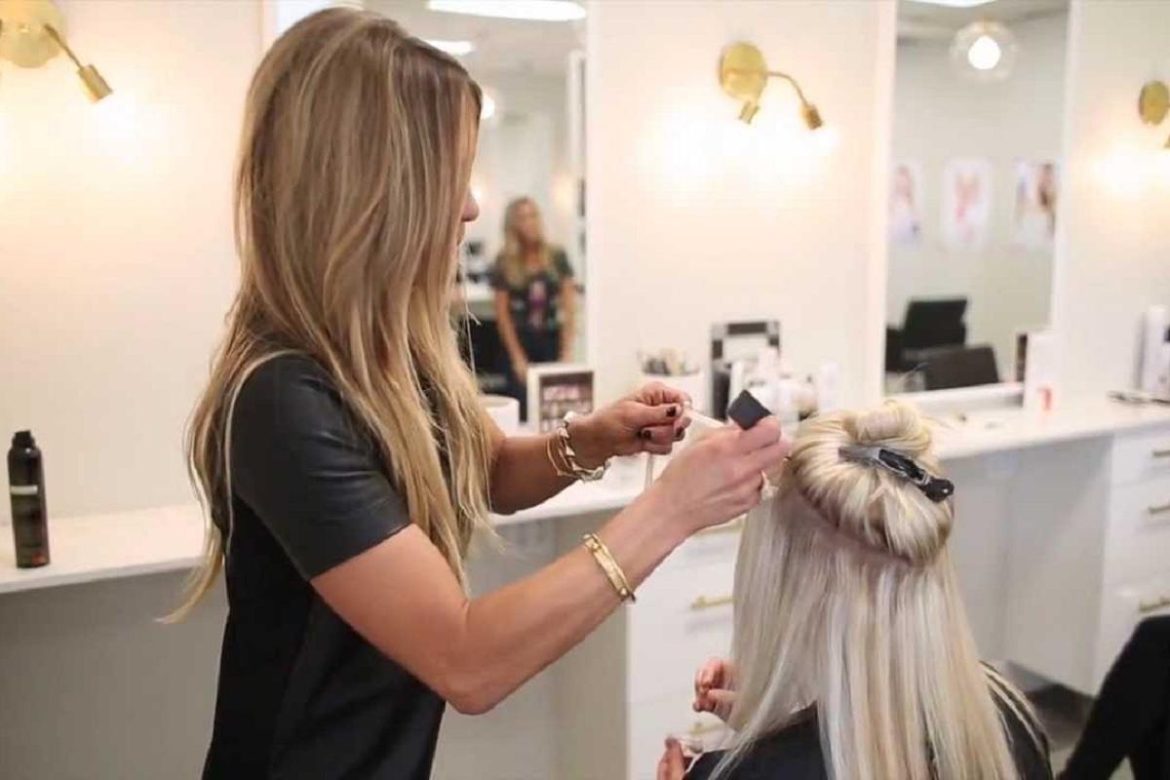Rihanna, Cardi B, Kylie Jenner, Kim Kardashian and Keira Knightley are just a few of the celebrities who have worn wigs on a regular basis. Whether due to hair loss, entertainment or everyday wear, these high-end pieces are so meticulously crafted that it’s almost impossible to believe they’re not your own hair.
What some once associated with cheap, synthetic Halloween looks and other costume-driven aesthetics like Disney characters has blossomed into a nearly $3 billion luxury wig industry. According to Fortune Business Insights, one-third of that amount can be attributed to the North American market, which includes the rise of human hair wigs and high-end synthetic wigs.
The report acknowledges the surge in wig purchases since the pandemic, when consumers began turning to this alternative to hair extensions. It also highlights an increase in wig purchases among the Black community, thanks to companies such as Weave and Vivica A. Fox Hair, made by Black women to help their community. The breakdown also notes the rise in wig purchases among consumers with alopecia or undergoing chemotherapy, and finally, a huge boom in wig-wearing mannequins used to boost sales for fashion brands.
“I knew there was a need for this type of hair and I didn’t know any women or Black people in this space in New York,” says Karen Mitchell, founder of the 20-year-old luxury wig and extensions brand True Indian Hair. “I wanted to create a space where women felt empowered by their appearance with the highest quality, real human hair extensions. To meet customer demand and growing popularity, wigs were added to the product line around year four.”
The brand, which makes lace front wigs that cost up to $1,600, has grown to become a leading name in wigs and extensions, especially among the black entertainment community.
“Our priority on quality starts with importing the finest hair to use in our wigs,” says Mitchell, whose pieces have been worn by Rihanna, Taraji P. Henson, Mary J. Blige, Megan Thee Stallion and Cardi B. “Although our wigs are made in China, we import our own hair to the factory to ensure that only the highest quality hair approved by us is used. This is followed by our quality control after production. We hand inspect each piece before it is placed on our shelves or sold.”
For Mitchell, True Indian Hair is not a transactional business: every sale offers an experience.
“We don’t just sell wigs,” she says. “We are a lifestyle brand that actively engages with our customers to ensure their satisfaction. Our products are unprocessed human hair that has not been chemically treated. No permanent or semi-permanent colors, perms or relaxers are used to alter the color, texture or curl pattern of the hair. And to prevent tangling, all hair is placed with the cuticles facing the same direction.”
UNice, another leading wig brand, positions itself as an accessible luxury for the black community.
“A combination of high-quality materials and craftsmanship is used,” says the brand’s expert stylist, Dayonna Worrell. “UNice offers premium human hair, which provides a natural look and feel. Attention to detail in construction, such as lace fronts and hand-tied tops, enhances comfort and realism. The brand also stays up-to-date with the latest fashion trends, offering styles and colors that appeal to contemporary tastes. This commitment to quality and style ensures that their products look and feel luxurious, despite their affordable price point.”
And how do they keep their prices low?
“The brand streamlines its production and distribution processes,” Worrell says. “They often source materials directly from suppliers, which reduces costs associated with middlemen. By taking advantage of economies of scale, they produce wigs in larger quantities, which reduces the cost per unit. Additionally, they focus on direct-to-consumer sales, which eliminates the need for retail markups.”
The charm of Russian hair
The luxury wig industry is no joke. In fact, the highest quality wigs sell for upwards of $10,000. Daniel Alain’s ultra- premium 100% European Grandeur wig starts at $12,259. Available in nine colors and one length, this is the price consumers pay for rare, pure Russian human hair. Unlike hair from more common sources, Russian hair cannot be purchased in bulk.
“The hair seller knows this, so if you don’t buy it at their price, someone else will,” explains a blog post on luxury hairdressing site Ouielle. “Why would they sell it cheaper? So if you see a salon offering a full head of 22-inch Russian hair for around $350 you can be sure it’s not Russian hair. In fact, for that price, with the markups salons need to apply to pay their bills, you might even assume it’s not even 100% human hair.”
Daniel Alain, the only reputable Russian hair supplier in the US, got into the sourcing business early on.
“At that time, there were about 400 people collecting hair from all over Russia,” says the brand’s founder and CEO, Daniel Alain Hafid. “We kept buying as much hair as we could and we knew there would be an end. Russia is going to grow, wages are going to go up and this is not going to last for long. So we were collecting hair for about eight to ten years. We have about 60,000 kilos of hair, which is about $80 to $100 million worth of hair.”
Hafid insists: “Everyone except us sells Chinese and Indian hair. No one uses authentic European or Russian hair.”
Apart from the shortage, the entrepreneur, who also makes much cheaper non-European wigs, explains the beauty of the Russian ponytail.
“When you get a Chinese ponytail or an Indian ponytail, it’s a reddish brown, right?” says Hafid. “It doesn’t stand out. For example, if you see a woman walking down the street and she has blonde hair, she dyed it at a salon, and she goes out in the sun, it stands out. When you get a Russian ponytail, it’s all golden brown, golden blonde. It stands out.”
According to Hafid, depending on the quality of the hair at the start, a wig can last between six months and eight years.
Making a difference
Daniel Alain clients often travel to the brand’s picturesque headquarters in Newport Beach, California, for a personal consultation before making a purchase. They feel right at home there and can watch a magical makeover unfold in seconds before their eyes.
“You can transform a woman in a couple of minutes,” says Hafid. “It’s a great gift you would give to someone. Hair loss is a very sad thing that happens to a lot of women, and I think having our pieces on their heads is one of the things they appreciate the most. It’s a great satisfaction. That’s what puts a smile on their face every day.”
True Indian Hair, meanwhile, hosts an annual initiative for breast cancer survivors during Breast Cancer Awareness Month. Known as True Strength Glam Day, the brand partners with Pynk Magazine editor Mecca Moore-Henson and Big Mouth Teeth founder and dentist Dr. Bobbi Peterson. A head-to-toe makeover and dinner are offered to select cancer patients who have developed alopecia. The initiative also donates wigs and extensions for similar makeovers to domestic violence organizations.
“It’s a really nice feeling to be able to give something back,” Mitchell says of the benefits the luxury wig industry offers. “Our goal is to put a smile on these women’s faces and empower them to feel good about themselves, even when faced with adversity. Our motto is that when you look good, you feel good . Recipients of the makeovers leave feeling beautiful and empowered.”

